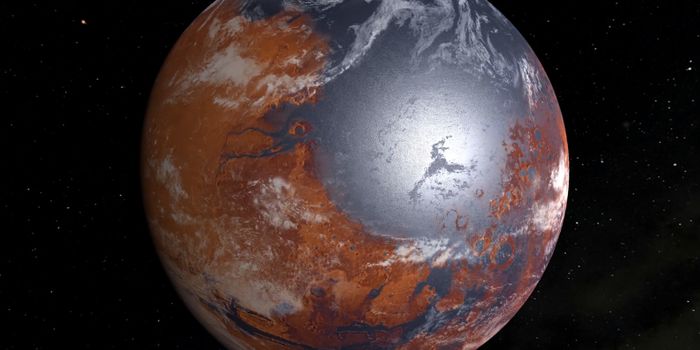Automating the forecasting of oil and gas reserves
A study published in the journal Applied Energy describes a series of algorithms developed by Texas A&M researchers that can be used to predict subterranean oil and gas reserves. The algorithms intend to automate the process of characterizing features such as porosity and permeability of rocks in the underground environment that provide key information to quantifying natural resource reserves.
"Subsurface systems that are typically a mile below our feet are completely opaque,” explains associate professor Siddharth Misra, who teaches in the Department of Geology and Geophysics. “At that depth, we cannot see anything and have to use instruments to measure quantities, like pressure and rates of flow. Although my current study is a first step, my goal is to have a completely automated way of using that information to accurately characterize the properties of the subsurface."
With that in mind, Misra’s team developed a reinforcement-based machine-learning algorithm. This kind of machine-learning may sound familiar to anyone who has trained a pet before, for, in this system, the algorithm is rewarded for favorable predictions and penalized for unfavorable ones; this ultimately helps it to learn to make decisions based on the feedback it receives.
"Imagine a bird in a cage. The bird will interact with the boundaries of the cage where it can sit or swing or where there is food and water. It keeps getting feedback from its environment, which helps it decide which places in the cage it would rather be at a given time," Misra elaborated. "Algorithms based on reinforcement learning are based on a similar idea. They too interact with an environment, but it's a computational environment, to reach a decision or a solution to a given problem."
It turns out that this kind of reinforcement-based learning is quite effective (for pets, humans, and algorithms!). The researchers report that that within a mere 10 iterations of reinforcement learning, the algorithm was able to rapidly and accurately forecast the properties of simple subsurface environments.
"A subsurface system can have 10 or 20 boreholes spread over a two- to five-mile radius. If we understand the subsurface clearly, we can plan and predict a lot of things in advance, for example, we would be able to anticipate subsurface environments if we go a bit deeper or the flow rate of gas at that depth," Misra said. "In this study, we have turned history matching into a sequential decision-making problem, which has the potential to reduce engineers' efforts, mitigate human bias and remove the need of large sets of labeled training data."
Misra says his team hopes to continue developing these algorithms to improve their accuracy and efficiency within more complex environments. In addition to predicting oil and gas reserves, he says the algorithms can also forecast seismic hazards and groundwater reserves.
Sources: Applied Energy, Science Daily








